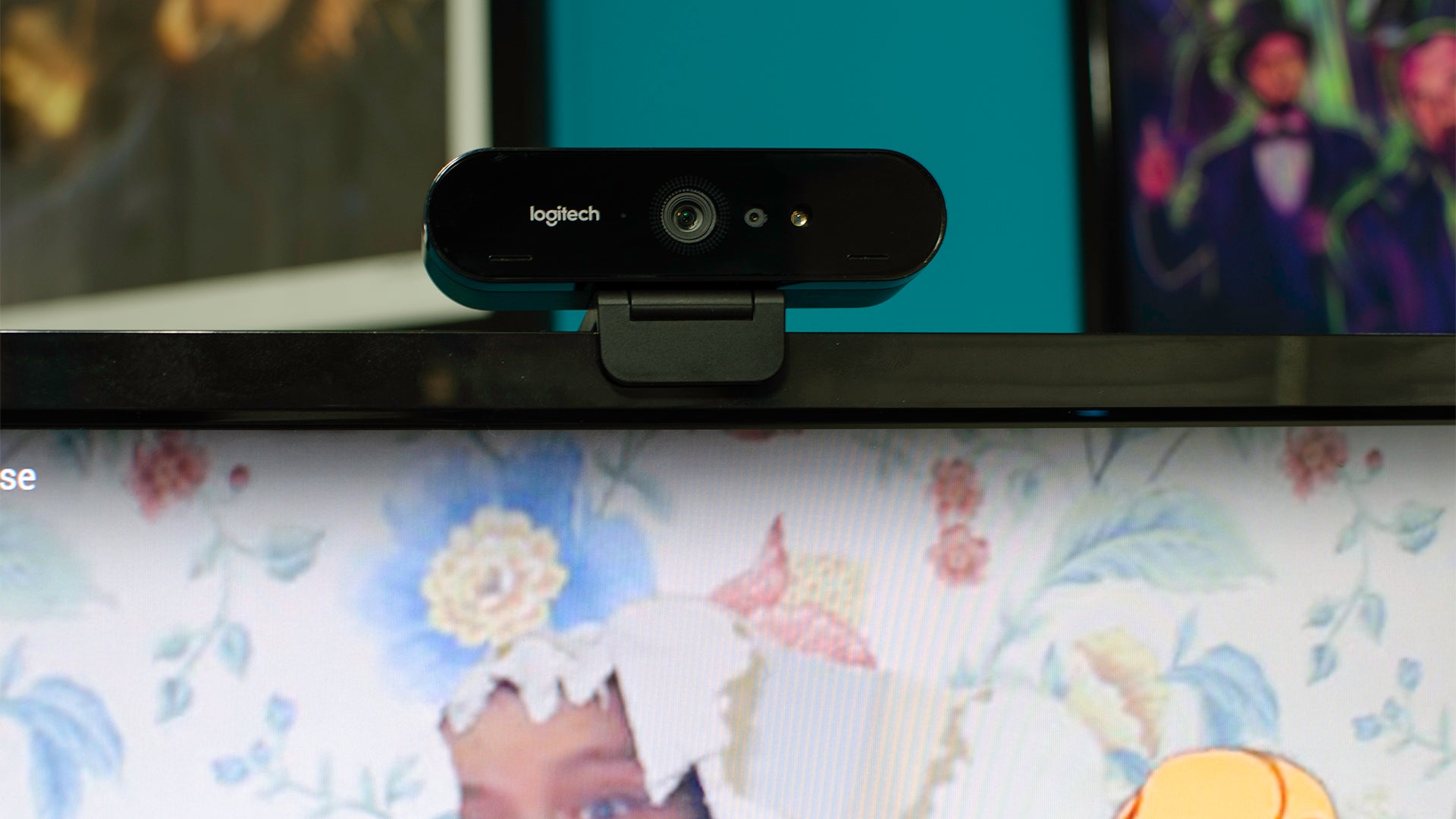After An Eternity With The C920, I've Finally Upgraded to Logitech's Brio Webcam
Ever since the Logitech C920 webcam came out in 2012, it’s been something of a mainstay in the webcam market. We’ve featured it in deals as recently as September of this year. But mine finally broke, so I decided it was time to upgrade to the Logitech Brio 4K. Here’s to another seven years (or more).

Ever since the Logitech C920 webcam came out in 2012, it’s been something of a mainstay in the webcam market. We’ve featured it in deals as recently as September of this year. But mine finally broke, so I decided it was time to upgrade to the Logitech Brio 4K. Here’s to another seven years (or more).
Suggested Reading
If you haven’t heard of the Logitech C920—or its slightly-upgraded C922 younger sibling—it means you probably haven’t shopped for a webcam since before there were Avengers movies. It supports 1080p video for things like Skype calls or Twitch streams. The C922 even added support for background removal with some third-party software, if you want to overlay your face over some game footage.
Related Content
If you’re happy with 1080p recording (and that should be more than enough if you’re only using it for, say, a Twitch stream overlay), then you can still buy them today. The C920 tends to hover in the $60 range, while the C922 is just a bit more at around $80.
But my C920—which I purchased shortly after it first launched, so it’s been a while—finally broke when I needed it for a podcast. So I took a look at Logitech’s latest offering, the 4K-capable Brio. Aside from having a cooler name, this normally-$200 camera has a lot more bells and whistles than its predecessor.
For starters, it supports 4K video which, to be fair, isn’t quite as impressive as it sounds. You’re getting more pixels, for sure, but this is still a webcam. You’re not going to get DSLR-quality from any of these cameras. However, the improved resolution is more of a future-proofing feature than anything else.
Where things really get fun is the added support for High Dynamic Range (or HDR). This feature increases the range of colors that you can capture with your webcam. Without getting into the nitty gritty, most screens and cameras you’ve used your whole life have been limited to around 16 million different colors. HDR devices can capture or display at least a billion. By supporting HDR, the Brio can deliver image quality that pops a lot better than its older siblings. Even if you’re not streaming in 4K HDR, you can see in the video above that having more colors and pixels to pull from results in a clearer picture.
The Brio also includes an infrared sensor that enables support for Windows’ face recognition login feature, Windows Hello (which, notably, the C922 also supports but the C920 does not). Now, this is a minor point because not everyone will want to use their face to log into their computer, and in my experience with a Surface Book laptop, the feature isn’t very good to begin with. But having the option is better than not for those who want one.
And that’s really the best benefit of the Brio. This feels like the webcam designed for the future. That doesn’t mean it’s going to be the best one for everyone’s needs. The C920 and C922 are still fantastic cameras in their own right if you only need a 1080p camera. But given the longevity of its predecessors, it’s a fairly safe bet that buying a Brio now will be the last webcam I have to buy for a very long time, and that’s enough for me.
